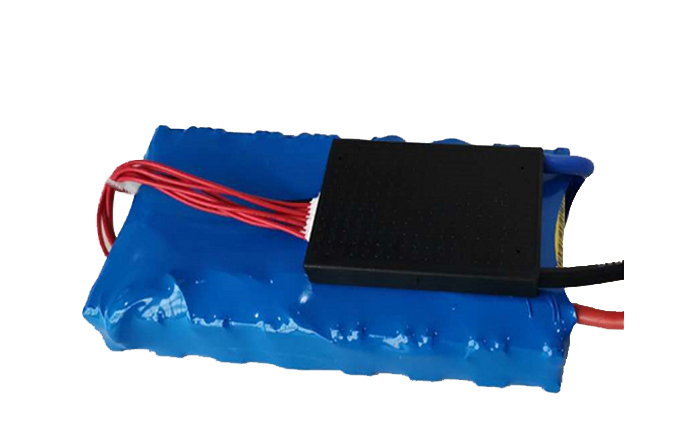Consulting phone:
135-3037-2041
(Mr.Wang)
The supercapacitor module is composed of a single supercapacitor in series and a voltage equalizing circuit. It has the advantages of a supercapacitor and a capacitor with a certain withstand voltage .
The voltage of a single supercapacitor is generally low, 2.5V and 2.7V. As a result, dozens or even dozens of series are required to form a set of supercapacitor modules ! The emergence of supercapacitor modules can make up for the defects of energy storage devices such as lead-acid batteries. The wide working range of -40 to +70 degrees solves the problem that the use efficiency of lead-acid batteries is greatly reduced in outdoor cold conditions. The charging and discharging cycle is 500,000 times, which greatly improves the service life of the energy storage device. The charging and discharging speed is fast, there is no memory effect, and the high current discharge has almost no effect on the life of the supercapacitor . Based on these many advantages, supercapacitor modules are used in many fields such as emergency power supply for outdoor power devices, starting power supply for special vehicles, and energy storage devices for solar energy and wind energy.
Supercapacitors offer high power and energy density, long life, and compact size, and when combined with other emerging battery technologies, can meet the needs of high-performance power applications. These new energy storage options and how they can be used are analyzed.
Performance and reliability are required in every design these days, and for engineers, energy storage has always been the Achilles' heel in their designs. In the past, the solution for backup power was batteries, mainly lead-acid batteries. Now, engineers have more options to meet their backup power needs, including advanced battery technologies such as lithium-ion and nickel-metal hydride batteries, fuel cells, solar cells, and double-layer capacitors.
Lithium-ion, NiMH and other battery technologies have made great strides in providing reliable energy storage solutions. They have been used in many designs and solved many of the cost issues of the past, but design engineers are still faced with the same problems as when using lead-acid batteries, which is that all these technologies are based on chemical reactions, and their longevity Limited and limited by temperature, and the need for high current will also directly affect their service life. Therefore, these battery technologies still face some challenges in terms of durability and reliable application.
Fuel cells are a very attractive new battery technology that is gradually entering many applications, and there has been a lot of hype about them recently. The ultimate application area for fuel cells is in automobiles, but in the interim, they have emerged in the backup power market. Key issues in using fuel cells as backup power sources as well as primary power sources are the start-up time and dynamic power response of these cells. Fuel cells, despite their excellent energy density, suffer from low dynamic power, so they require an enhanced technology for power assist and start-up.
Supercapacitors, or electrochemical double-layer capacitors (EDLCs), also appeared at the same time. Compared with electrolytic capacitors , supercapacitors have very high power density and substantial energy density. Over the past few years, these devices have been used in many fields such as consumer electronics, industrial and automotive.

Today, supercapacitors are high-power devices with power densities up to 20kW/kg, although the energy is still only a fraction of that of batteries. Ultracapacitors are very compact in size (small ones are often the size of a postage stamp or smaller), but they can store much more energy than conventional capacitors and can discharge quickly or slowly. They have a very long service life and can be designed for the entire life cycle of the end product. When combined with the technology of supercapacitors, high energy batteries and/or fuel cells can achieve high power characteristics and long operating life.
Although there are several ultracapacitor manufacturers around the world offering a variety of products, most double layer capacitors are basically constructed in a similar way. The structure of supercapacitors is very similar to that of electrolytic capacitors or batteries. The main difference is that the electrode materials used are different. In supercapacitors, the electrodes are based on carbon material technology, which provides a very large surface area. The large surface area and small charge separation enable supercapacitors to have high energy density. Most supercapacitors are rated in farads (F), usually between 1F and 5,000F.
Depending on the application, supercapacitors can replace batteries or act as smaller, economical batteries. Supercapacitors have a small equivalent series resistance (ESR) and can source and sink very large currents; they use a "mechanical" rather than a chemical charge carrier mechanism, resulting in long and predictable lifetimes, and Its performance has also changed less over time. These features can benefit applications such as regenerative braking and other products that require fast charging, such as toys and tools.